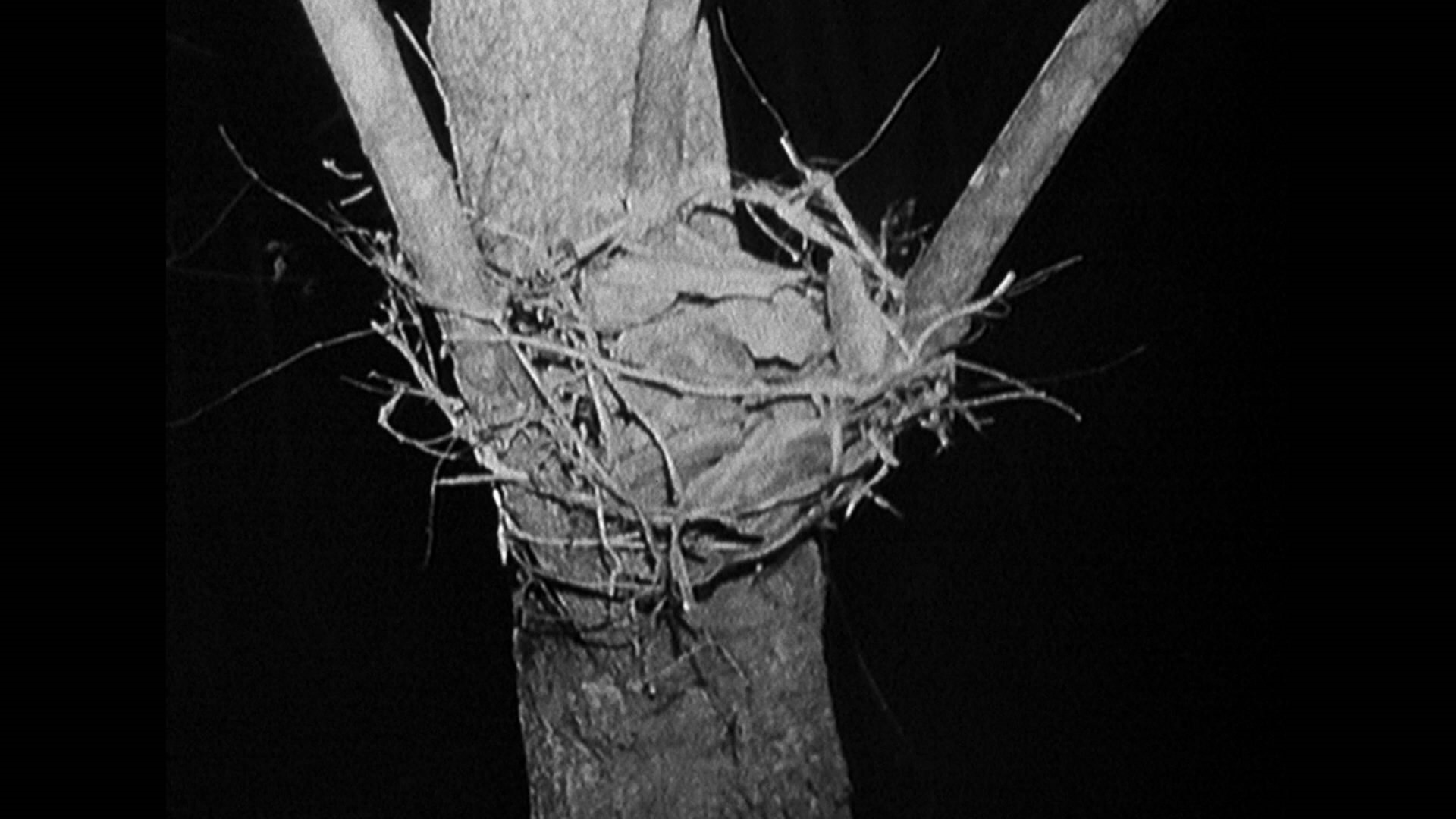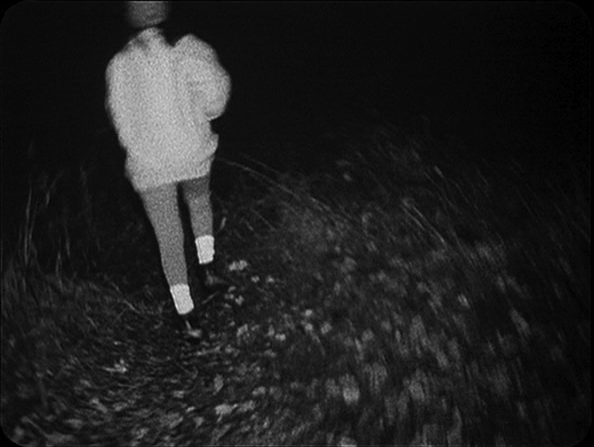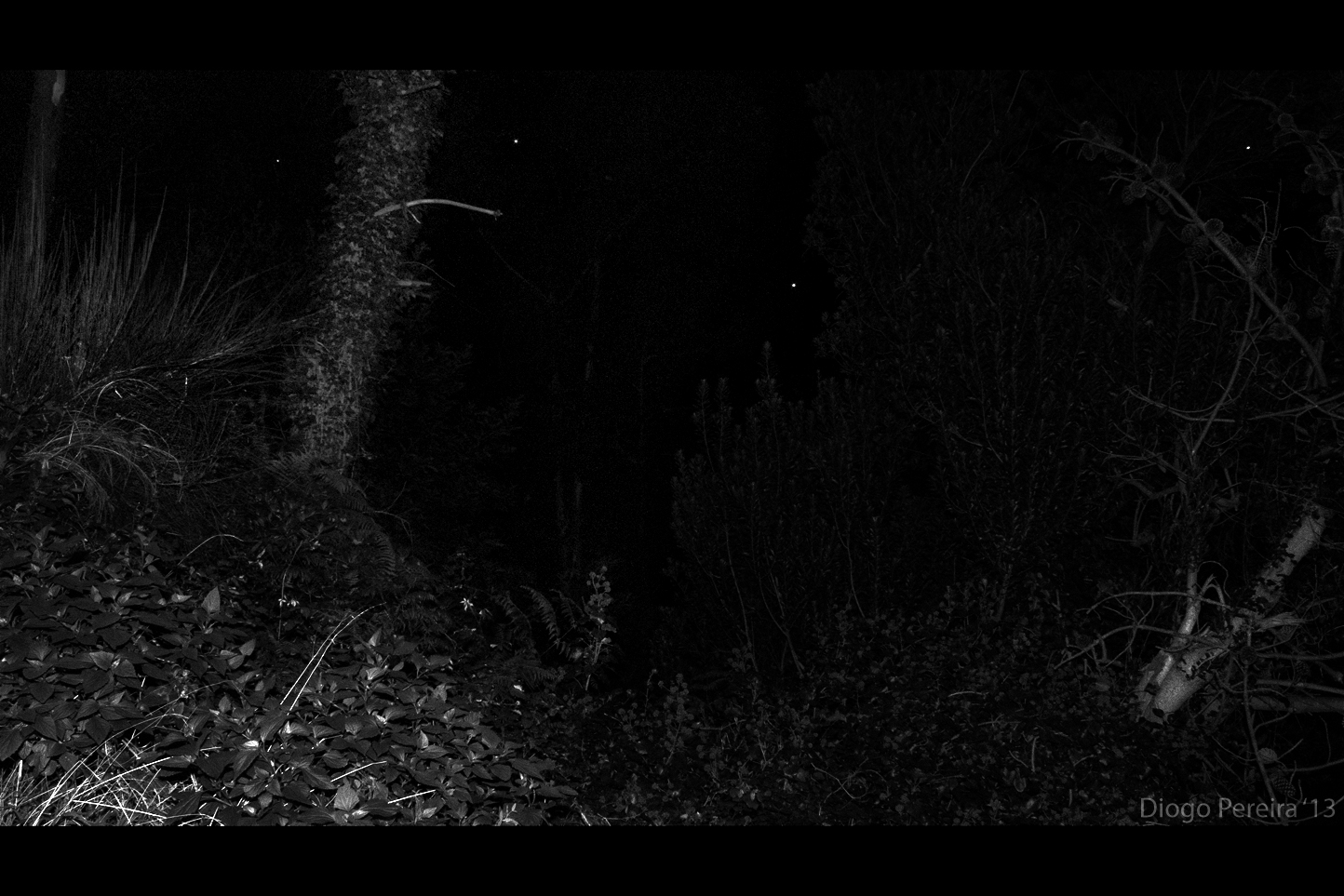Narratives are also there in landscapes. They intersect with sites, accumulate as layers of history, organize sequences, and inhere in the materials and processes of the landscape. In various ways, stories “take place.”
The term landscape narrative designates the interplay and mutual relationship that develops between landscape and narrative. To begin with, places configure narratives. landscape not only locates or serves as background setting for stories, but is itself a changing, eventful figure and process that engenders stories, A road establishes a sequence while opening the possibilities of chance encounters. The scale of space becomes the scope of an epic or the confines of a personal drama, Traces in the landscape hold secrets and invite interpretation. Trees, rocks, ground, weather, or any elements can serve as emblems in a narrative. In this manner people map landscapes into the very texture and structure of stories.
In turn, every narrative, even the most abstract, allegorical, or personal, plays a critical role in making places. It is through narrative that were interpret the processes and events of place. We come to know a place because we know its stories. Whether it is an encounter with the edge of a forest or a drive down a suburban street, we know these places through personal experience as well as from books, television, or folklore.
Matthew Potteiger and Jamie Purinton, Landscape Narratives (1998)






 Daniel Myrick & Eduardo Sánchez; The Blair Witch Project (1999)
Daniel Myrick & Eduardo Sánchez; The Blair Witch Project (1999)
